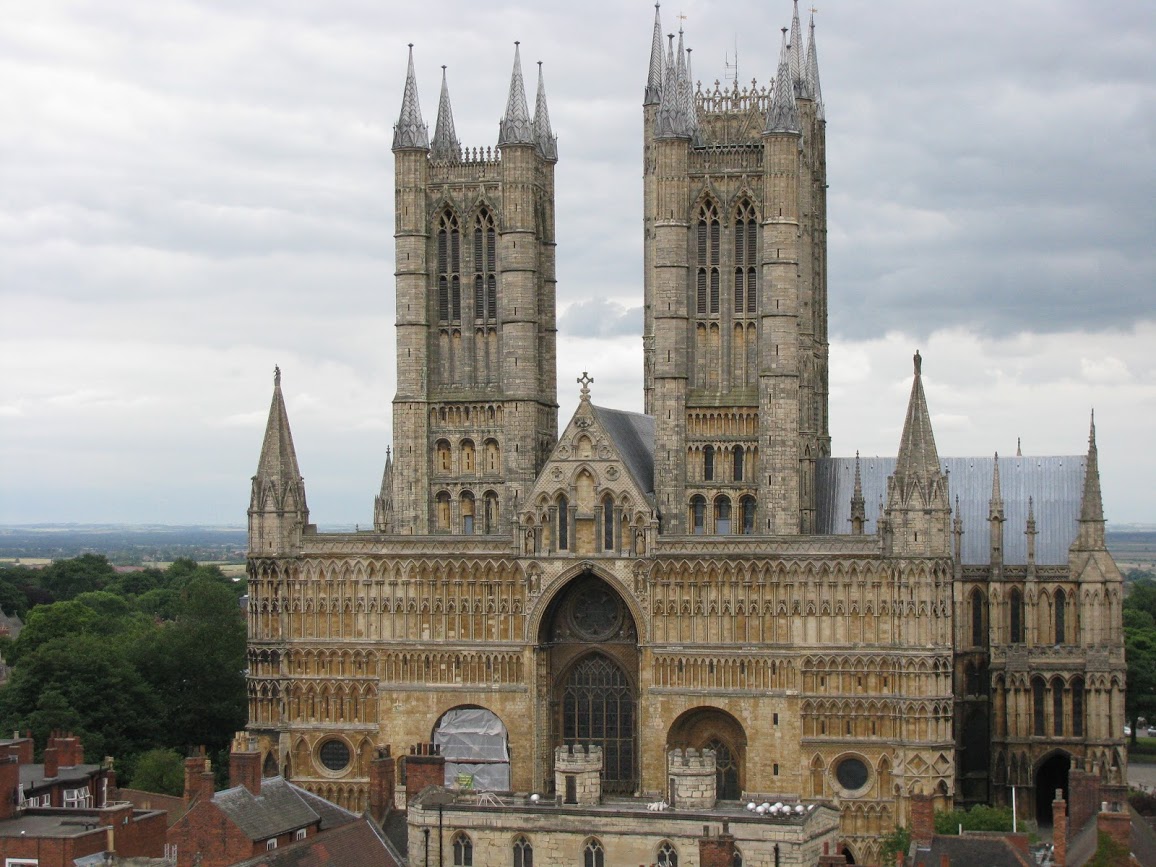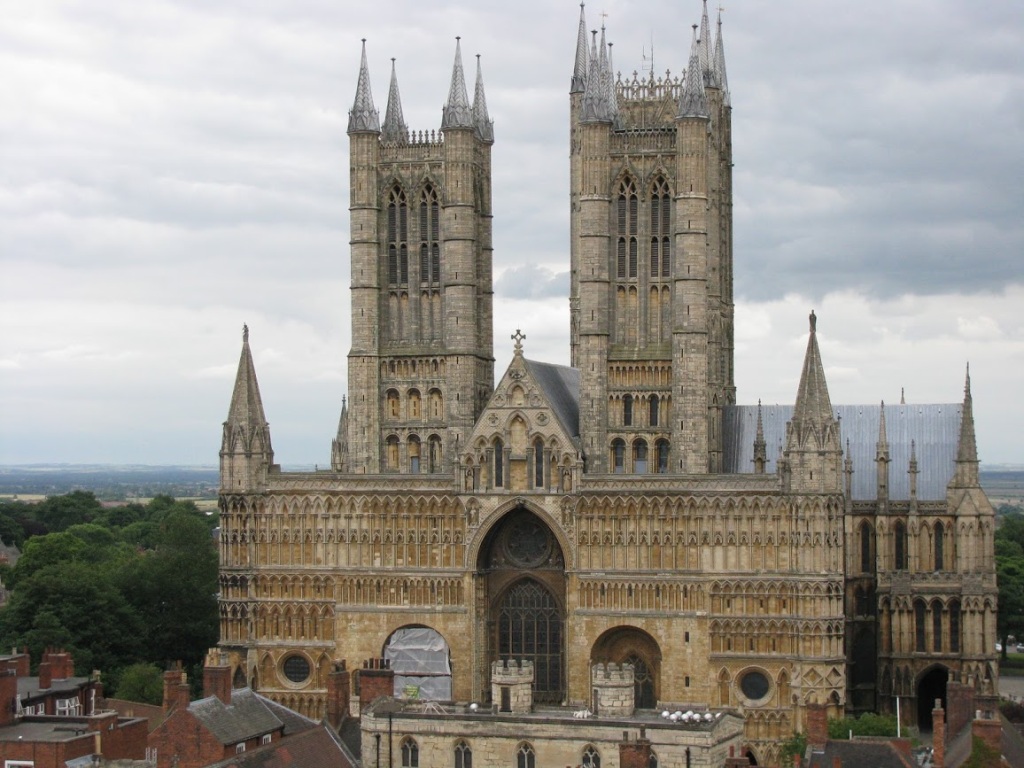Medieval cathedrals were invariably surrounded by graveyards. To be buried within the Cathedral, one had to be at the top of the social hierarchy, just as the buildings themselves were at the pinnacle of a hierarchy of church buildings[i]. Tombs within cathedrals were therefore reserved for the senior clergy such as Archbishops, Bishops and Deans e.g. Archbishops Chichele at Canterbury and Fleming at Lincoln or Bishop Alcock at Ely, and for the very senior nobility e.g. Henry IV at Canterbury. Most tombs were constructed, certainly commissioned, during the life of the individual who was to be placed there. Usually highly decorated and intricately carved the cost of these tombs was high. These Tombs were therefore important symbols of an individual’s status and wealth.
Whilst a tomb within a cathedral was a symbol of status this was not its primary purpose. A tomb in the medieval cathedral was linked to the belief in Purgatory, a place where the soul would reside for perhaps thousands of years in torment until its sins were cleansed. It was believed that prayers for the deceased, would reduce the time required to cleanse the soul and speed its passage to Heaven. As Cathedrals were also sites of Saint’s shrines, the deceased could rely not only upon a steady number of passing pilgrims but perhaps their prayers for the local Saint’s intercession on their behalf.
So the tomb was primarily to assist its incumbent’s passage through Purgatory. The tomb was a tangible reminder to passers-by to pray for the deceased. In some cases prayers were specifically requested; for example Chicele’s tomb bears the inscription ‘I was a pauper born, then to primate here raised, now I am cut down and served up for worms…Whoever you may be who will pass by, I ask for your remembrance’[ii]. This was not a one-way deal and saying prayers for the dead was itself a penitential act that would remit time in Purgatory for those who prayed. To make this point it was not unknown for a tomb to remind the passer-by that they too will suffer e.g. at Lichfield Dean Heyward’s tomb is inscribed ‘I am what you will be, and I was what you are. Pray for me I beseech you’[iii]. The development from 1420 of the Carved Cadaver Tomb such as those of Chicele and Fleming, provided a visual back-up in an age of illiteracy to the words displayed on those tombs.
A third function of the tomb in the medieval cathedral was in imparting theology in a time of illiteracy[iv]. Motifs such as those showing Christ weighing the souls of the dead with the condemned being ushered into hell but the re-embodied saved being allowed into Heaven.
Word Count 497
Sources:
The Architecture of the English Medieval Cathedral Unit 3
Orme, N. The History of England’s Cathedrals, Impress, 2017.
Jenkins, S. England’s Cathedrals, Little, Brown, 2016.
Cannon, J., Medieval Church Architecture, Shire, 2014.
A Tomb with a View: Medieval Death with Prof. Paul Binski
https://www.facebook.com/ChurchesConservationTrust/videos/3612300868814315
A Medieval Guide to Escaping Purgatory with Dr Cindy Wood
https://www.youtube.com/watch?v=MjgXLu1G7oI
Thursday lunchtime lecture exploring Medieval Cadaver Tombs with Dr Christina Welch
https://www.youtube.com/watch?v=MA0NScSW5ps
[i] The Architecture of the English Medieval Cathedral Unit 3
[ii] A Medieval Guide to Escaping Purgatory with Dr Cindy Wood
https://www.youtube.com/watch?v=MjgXLu1G7oI
[iii] A Medieval Guide to Escaping Purgatory with Dr Cindy Wood
https://www.youtube.com/watch?v=MjgXLu1G7oI
[iv] A Tomb with a View: Medieval Death with Prof. Paul Binski
https://www.facebook.com/ChurchesConservationTrust/videos/3612300868814315

